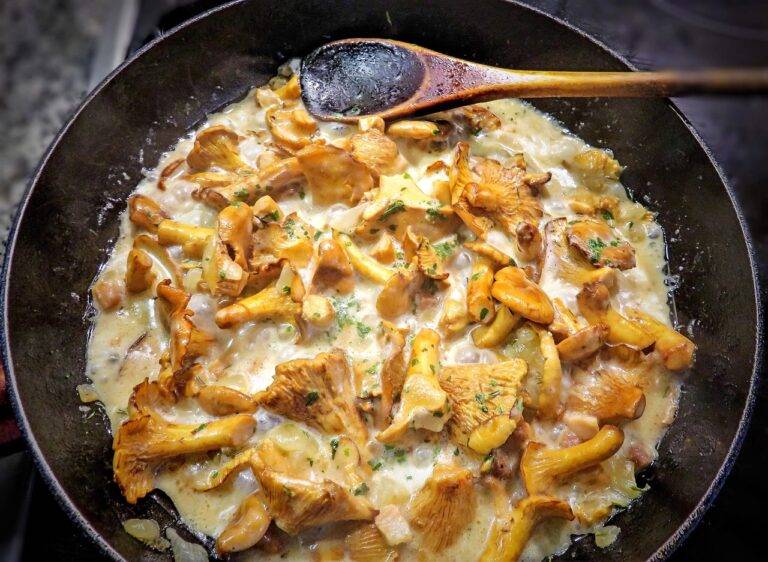The Influence of Food on Cultural Travel Experiences
Exploring the diverse culinary traditions around the world unveils a rich tapestry of flavors, techniques, and ingredients that have been passed down through generations. From the intricate spices of Indian cuisine to the comforting hearty stews of Irish tradition, each culture’s culinary practices offer a window into its history, values, and way of life.
In France, the art of gastronomy is revered, with meticulous attention to detail and a deep respect for quality ingredients. Italian cuisine boasts a strong emphasis on simplicity and fresh, seasonal produce, celebrating the natural flavors of each ingredient. Whether it’s the vibrant street food stalls of Asia or the elaborate multicourse meals of a formal Japanese kaiseki dinner, culinary traditions connect people through a shared love of food and the stories it tells.
Local Ingredients and Their Significance
Local ingredients play a crucial role in defining the culinary identity of a region. From the vibrant spices of India to the fresh seafood of Japan, these ingredients not only add flavor but also reflect the cultural heritage and values of a community. In many cultures, certain local ingredients are considered sacred and are used in traditional ceremonies and rituals, showcasing the deep-rooted connection between food and spirituality.
Moreover, the significance of local ingredients extends beyond just taste. The use of indigenous produce supports local farmers and promotes sustainability by reducing the carbon footprint associated with food transportation. By celebrating and preserving these unique ingredients, communities can safeguard their culinary heritage for future generations while also contributing to the conservation of biodiversity in their region.
Street Food as a Reflection of Culture
Street food acts as a unique portal into the heart of a culture, offering a taste of tradition and history in every bite. From piping hot empanadas on the colorful streets of Mexico to savory pad thai in the bustling markets of Thailand, street food encapsulates the essence of a nation’s culinary identity with every flavorful morsel. The vibrant and bustling atmosphere that surrounds street food vendors reflects the community’s passion for shared meals and social gatherings, making it a fundamental element of cultural heritage across the globe.
Moreover, street food goes beyond merely filling one’s stomach; it weaves together stories of migration, conquests, and exchanges of culinary techniques that have shaped a nation’s gastronomic landscape. Whether it’s the sizzle of jerk chicken on the streets of Jamaica or the aroma of falafel wafting through the alleys of the Middle East, street food represents a tangible manifestation of a community’s resilience, creativity, and adaptability through the centuries. This intersection of food and culture on the streets serves as a living museum, celebrating the fusion of flavors and traditions that make each destination a culinary delight for both locals and travelers.





